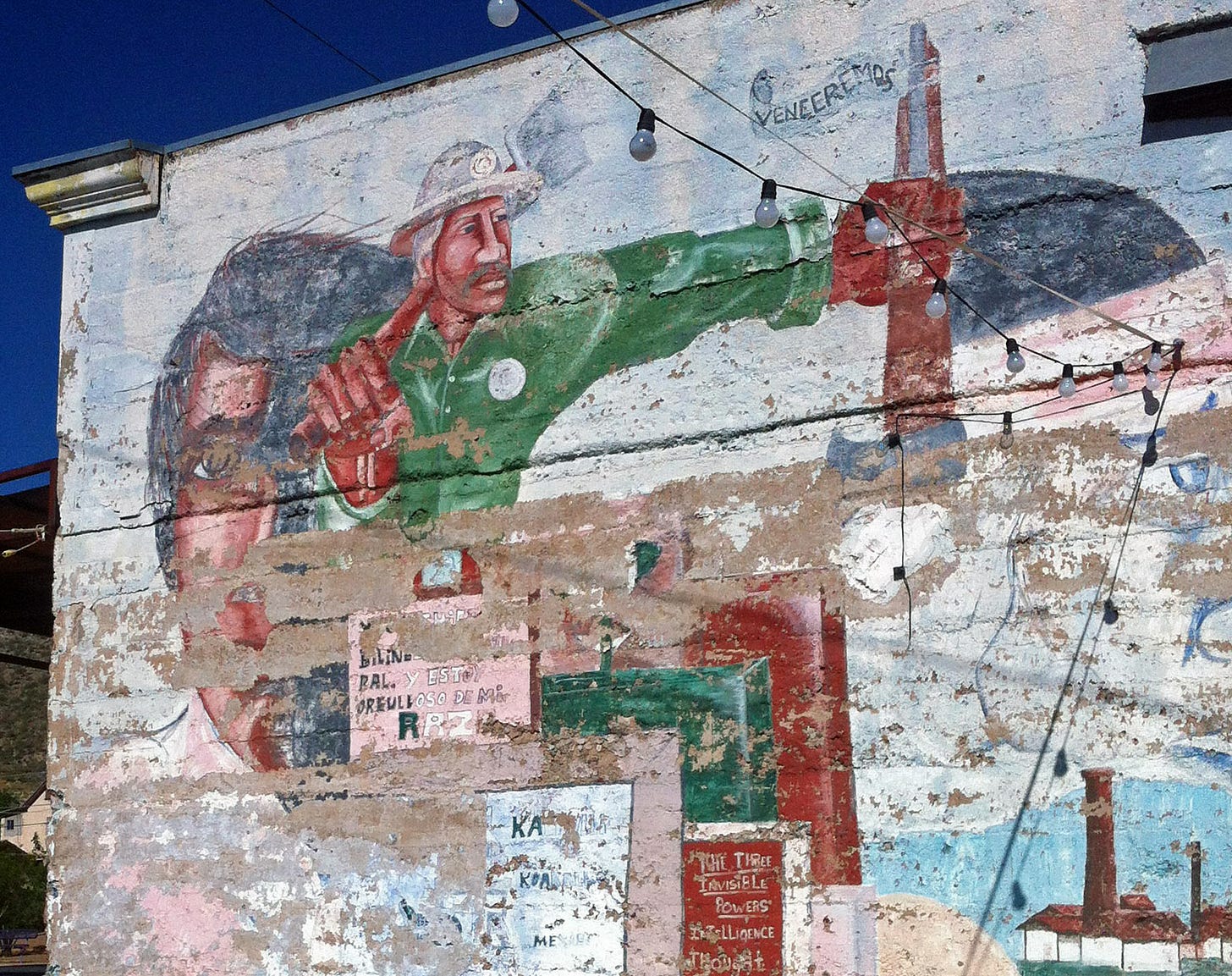News Nuggets
Oak Flat redux; Klamath dams going down; Chaco drilling ban advances
A federal appeals court has agreed to again consider Apache Stronghold’s bid to block a massive copper mining project proposed for Chi’chil Biłdagoteel, aka Oak Flat—a boulder-studded plateau near Superior, Arizona, that has historical and ceremonial significance to the Apache peopl…
Keep reading with a 7-day free trial
Subscribe to The Land Desk to keep reading this post and get 7 days of free access to the full post archives.


